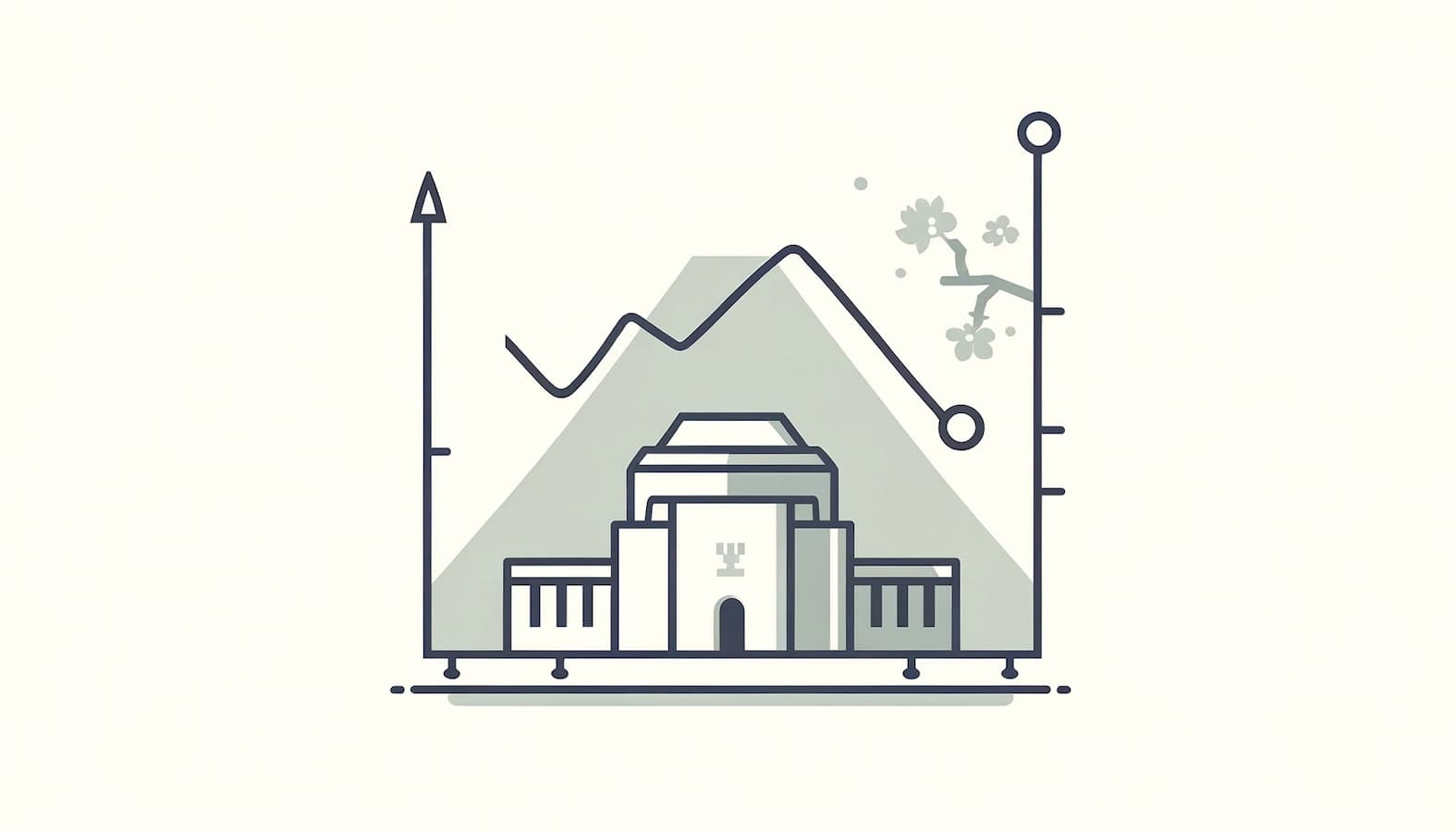
Japan CPI easing in April signaled a potential shift in the Bank of Japan's (BOJ) monetary tightening path. As private spending continued to drag, this trend intensified doubts about the BOJ's forecasts for higher inflation and its ability to raise interest rates. The core CPI, excluding volatile fresh food prices, rose by 2.2% year-on-year, aligning with expectations yet showing a decrease from the previous month's 2.6%.
Further highlighting the economic slowdown, a narrower core CPI measure, which also excludes food prices and serves as a crucial indicator for the BOJ, fell to 2.4% from 2.9% in March. This marked its lowest point since September 2022 and remained well below the near 40-year high reached in mid-2023. Even as the headline CPI inflation edged up to 2.5% from 2.7%, the figures reflect continued economic softness.
Disappointing first-quarter GDP data, which showed a significant contraction due to stalled private consumption, underscores these challenges. The Japan CPI easing in the second quarter further raises doubts about the BOJ's optimistic inflation projections and questions the central bank's room to maneuver with rate hikes this year.
Despite expectations that consumer spending might be bolstered by recent substantial wage increases negotiated by major labor unions, these benefits have yet to be reflected in the economic data. This ongoing situation suggests that Japan's path to sustained economic recovery remains fraught with uncertainty.
Japan CPI easing in April casts doubt on BOJ's rate hike prospects amid weak GDP and stagnant consumption.
Superior trade execution & trading conditions with the NDD method.

The online FX industry provides a platform for investors worldwide to engage in the buying and selling.

Subscribe to our daily newsletter and get the best forex trading information and markets status updates
Trade within minutes!
Comment (0)